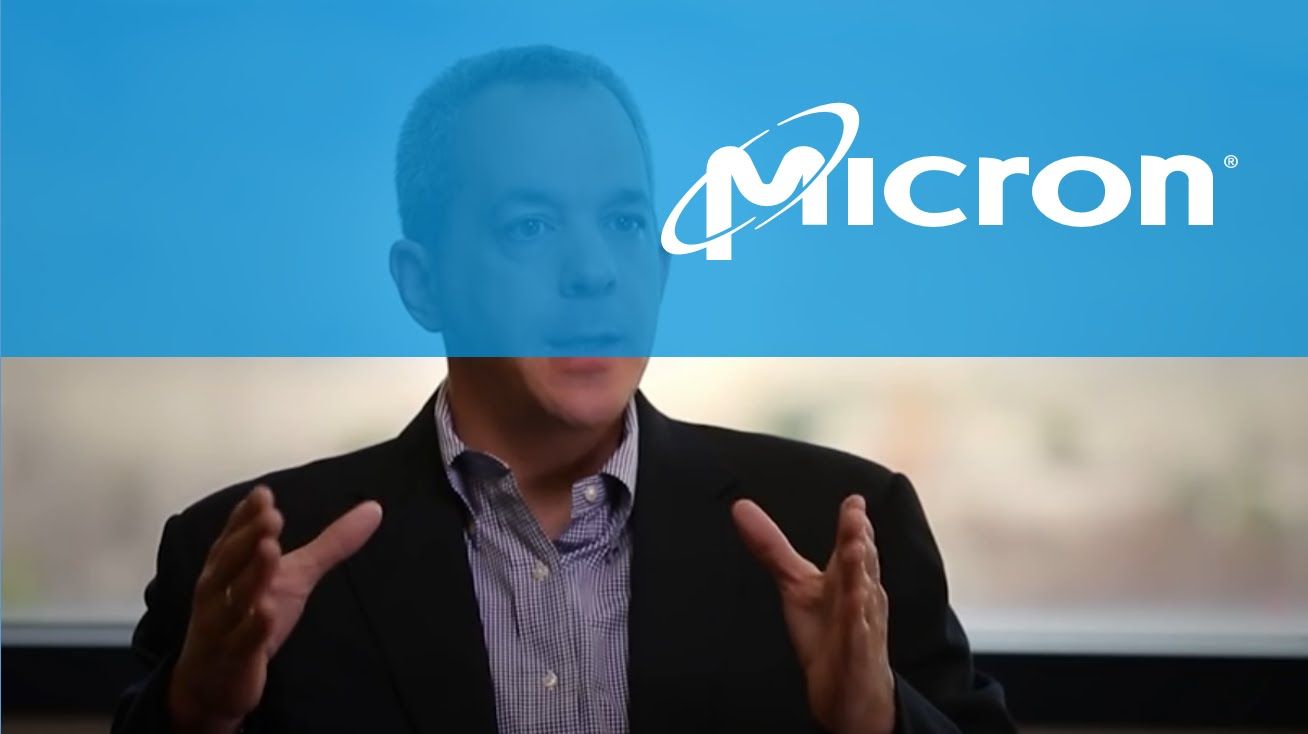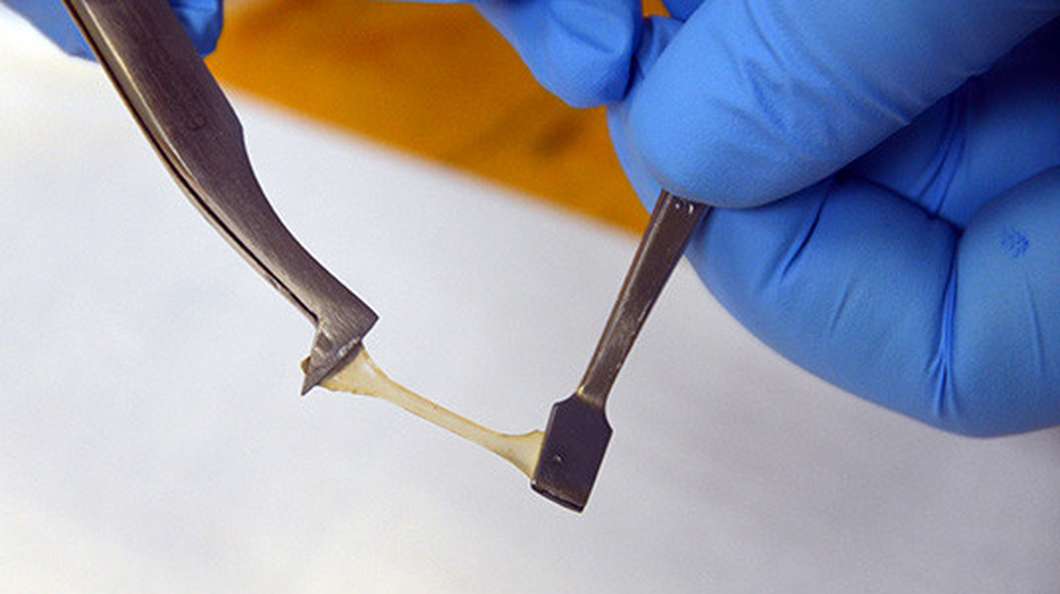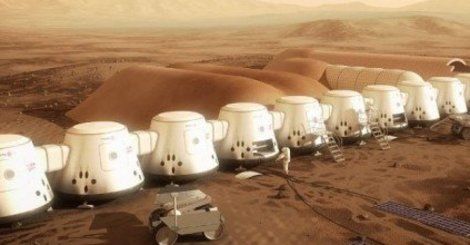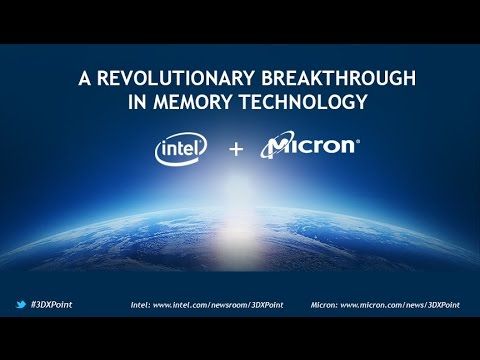Page 11661

Enter our new 3D NAND technology, which uses an innovative process architecture to provide 3X the capacity of planar NAND technologies while providing better performance and reliability.
Sep 3, 2015
Self-healing bioplastic – just add water
Posted by Shailesh Prasad in category: biotech/medical

Imagine if things like undersea cables or medical implants could simply heal themselves back together if severed – it would certainly be easier than having to go in and fix them. Well, scientists at Pennsylvania State University are bringing such a possibility closer to reality. They’ve created a moldable polymer that heals itself when exposed to water – and it’s based on squid sucker ring teeth.
Led by Prof. Melik Demirel, the researchers started by studying sucker ring teeth collected from squid in various locations around the world. Although the exact composition of the teeth varied between species, it was found that the same proteins which allow them to self-heal were always present.
Sep 3, 2015
NASA and the Makers of the Hoverboard Are Bringing You Tractor Beams
Posted by Shailesh Prasad in categories: space, transportation
The now-famous hoverboard company will work over the next few years to tug NASA’s tiny satellites.
Sep 3, 2015
The Search For Elusive Gravitational Waves Is Headed to Space
Posted by Sean Brazell in categories: cosmology, space
Great news. It’ll be fascinating to see what they discover.
In the distant reaches of the Universe, exploding stars and supermassive black holes are bending the very fabric of spacetime. It’s hard to wrap our brains around such tremendous forces, but we may be able to quantify them, in the form of gravitational waves. A new European Space Agency mission marks humanity’s first bold attempt to do so in outer space.
This fall, the ESA’s LISA Pathfinder will be blasted into space on a course for the L1 Lagrange point. Situated nearly a million miles from Earth, it’ll begin pilot-testing fundamental technologies for the detection of elusive gravitational waves. The miniature science observatory bid farewell to the public this week, on display at a test centre in Ottobrunn, Germany for the last time before its long journey.

Sep 3, 2015
Intel pledges $50M in quantum computing push to solve big problems
Posted by Shailesh Prasad in categories: biotech/medical, computing, engineering, quantum physics
Intel today announced plans to invest $50 million over the next ten years as part of a quantum computing push to help solve problems such as “large-scale financial analysis and more effective drug development.”
But despite the ambitions and huge cost of the project, company vice president Mike Mayberry admits that “a fully functioning quantum computer is at least a dozen years away.”
The money will be channeled through QuTech, the quantum research institute of Delft University of Technology, and TNO, with Intel additionally pledging to commit its own “engineering resources” to the collaborative effort.
Sep 3, 2015
Intel reveals details of new Skylake processors, upgraded Compute Stick
Posted by Shailesh Prasad in category: computing
Intel has taken the lid off its next-generation Skylake mobile chips. Fat L4 caches are coming to a lot more mobile hardware.
Sep 3, 2015
Once again, Dilbert explains it perfectly
Posted by Amnon H. Eden in category: robotics/AI
Sep 3, 2015
‘Ear-in-a-dish’ technology developed
Posted by Shailesh Prasad in categories: biotech/medical, innovation
Auricyte LLC, an Indiana University startup that aims to cure hearing loss by growing human stem cells into functioning hearing cells, is among five companies being honored Thursday for being named “Best in Show” at the recent Innovation Showcase 2015.
Auricyte, an Indiana University startup that aims to cure hearing loss by growing human stem cells into functioning hearing cells, was named among the five top companies at Innovation Showcase 2015.
Sep 3, 2015
Mars One Mission Called ‘Unsustainable,’ And Here’s Why
Posted by Sean Brazell in categories: 3D printing, space

Ever heard of 3-D printing? Besides, if humanity had followed this guys advice, MIT or not, we would have never left Africa. Never built a new village, town, or city. Never gone to the moon — and we DEFINITELY would never have created a place like MIT AT ALL.
Life is messy, painful, rough and often unforgiving, but taking risks is part of our collective species identity. To succeed sometimes we have to fail, and if that’s what happens with this endevor then, at the very least we’ll know what NOT to try next time.
Continue reading “Mars One Mission Called 'Unsustainable,' And Here's Why” »













